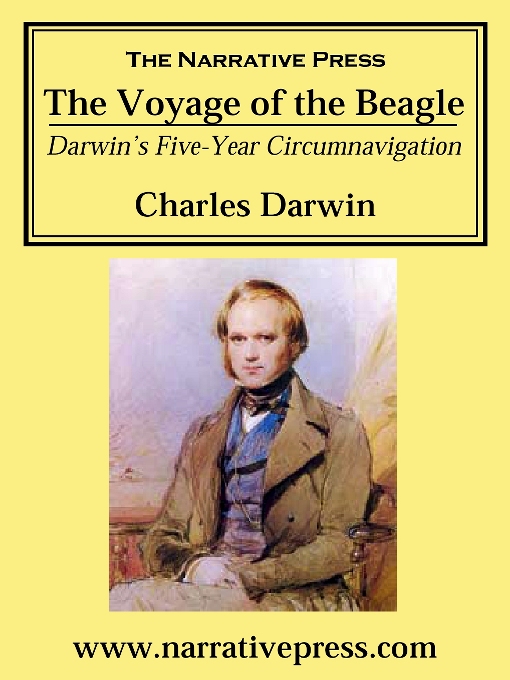
The Voyage of the Beagle
ebook-
Creators
-
Publisher
-
Release date
October 1, 2001 -
Formats
-
Kindle Book
-
OverDrive Read
- ISBN: 1589761820
-
PDF ebook
- ISBN: 1589761820
- File size: 2239 KB
-
-
Languages
- English
subjects
Languages
- English
Why is availability limited?
×Availability can change throughout the month based on the library's budget. You can still place a hold on the title, and your hold will be automatically filled as soon as the title is available again.
The Kindle Book format for this title is not supported on:
×- - Kindle 1
- - Kindle 2
- - Kindle 4
- - Kindle 5
- - Kindle 7
- - Kindle DX
- - Kindle Keyboard
- - Kindle Paperwhite
- - Kindle Touch
- - Kindle Voyage
Read-along ebook
×The OverDrive Read format of this ebook has professional narration that plays while you read in your browser. Learn more here.